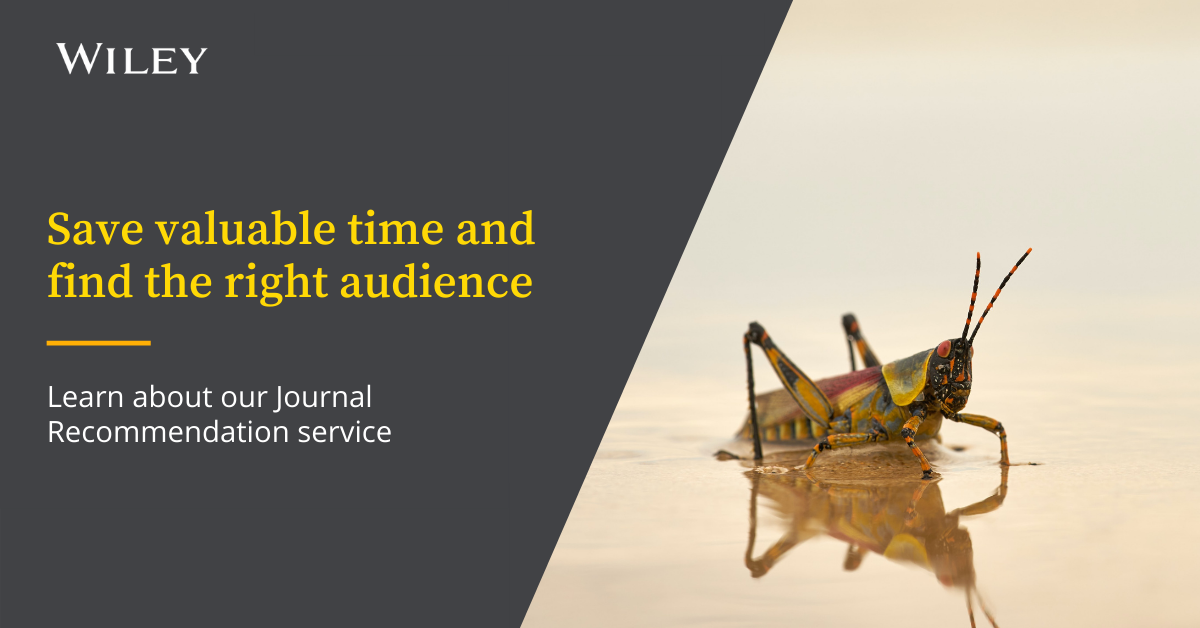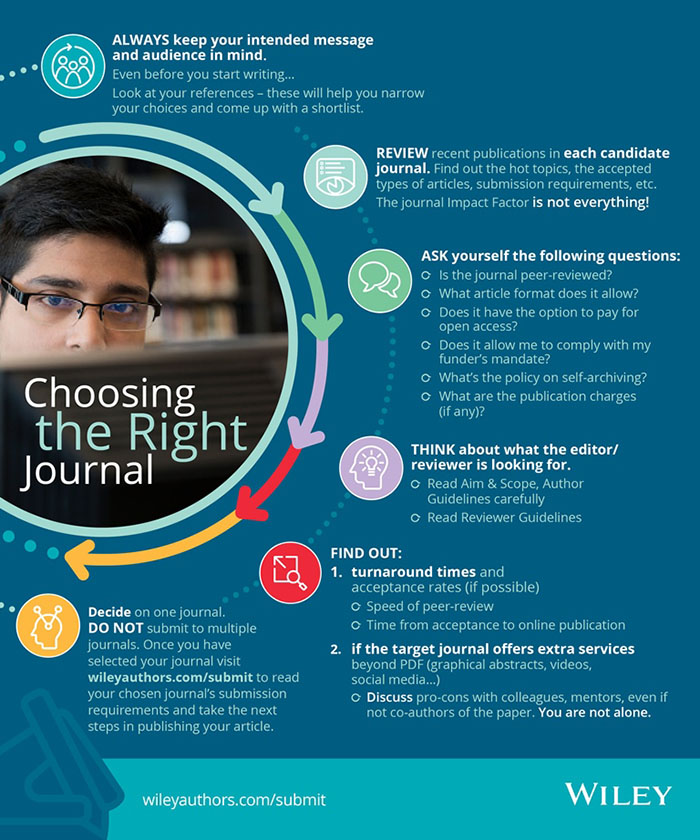choosing-the-right-journal-for-your-manuscript-4-steps-to-finding-the-right-ldquo-fit-8221
February 02, 2016
 For a new prospective author, selecting which journal to publish in can be a bit like my process of selecting an outfit in the morning- and if your research is anything like my wardrobe, this can be a difficult task. Questions running through your mind probably mirror mine every day- What do I want to communicate to the world? How exactly do I want to do that?
For a new prospective author, selecting which journal to publish in can be a bit like my process of selecting an outfit in the morning- and if your research is anything like my wardrobe, this can be a difficult task. Questions running through your mind probably mirror mine every day- What do I want to communicate to the world? How exactly do I want to do that?
You may want to publish in the classic, multidisciplinary Ralph Lauren cable knit sweater of academic journals, or maybe you’re willing to explore the experimental, niche journal that makes a statement akin to a colorfully patterned Lilly Pulitzer dress. As you know, selecting a journal to publish in makes a statement to your community and the world around you, and you want to choose the journal best suited (OK, pun intended) to your research. Below are a few first steps.
The options for selecting an academic journal to submit to are endless, and it’s important to find the right journal to ensure the best chance of your article’s acceptance. There are four main components that you can look out for when selecting a publication: ease, quality, reach, and impact.
1. Ease
There are tens of thousands of academic journals to choose from, and Wiley alone publishes more than 1,600 journals across life, health, and physical sciences, social science, and the humanities. It can be difficult to narrow down which journal is best suited to your article, but the most important thing to keep in mind is that your research should be relevant to the journal you select. Try beginning your search by using keywords, or seek out the journals colleagues in your specialty are publishing in. Wiley Online Library allows you to search for journals alphabetically, by subject area, keyword, or contributor.
Further, the most importance resource to any author is their own network. Along with consulting closely with any co-authors you may have, don’t be afraid to ask colleagues, peers, advisors or fellow society or association members for advice on the best fit for your research.
2. Quality
Of course, you want to make sure that the journal you select entertains a reputation of both high quality and publishing excellence. Visit the journal’s homepage, which contains any society or association affiliations, editorial board information, as well as aims and scope for the journal. Equally as important for any author is to select a journal that follows the highest standards in publishing ethics.
3. Reach
Making sure that your article is accessible to a wide, global audience is also imperative. Look into whether the journals on your shortlist are widely distributed and published on a recognized online platform. Many publishers (including Wiley) also partner with philanthropic groups such as Research4Life to put content in the hands of readers and researchers in developing world institutions at little or no cost.
4. Impact
Publishing in a high impact journal is likely of utmost importance to you. Though the impact factor may still reign supreme among metrics, article-level metrics such as Altmetric, are emerging as important tools to represent the multidimensional impact of a journal. Many early career researchers are keen to see how their research impacts the larger community.
Remember to keep ease, quality, reach and impact at the forefront of your mind when searching for a journal to publish in. And best of luck on your journey to making a statement-whether it be through fashion or publication.
Image Credit:Lily Pulitzer print Source: http://www.lillypulitzer.com












